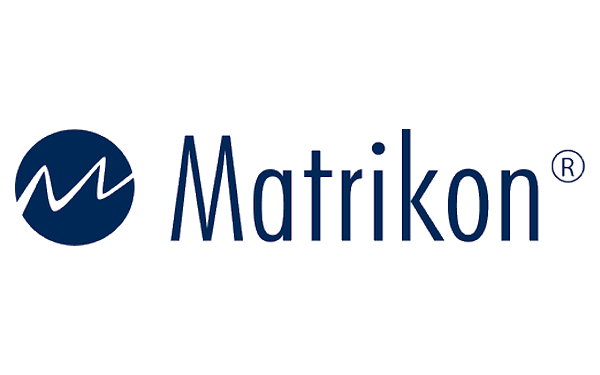1. EXECUTIVE SUMMARY
- CVSS v3 9.8
- ATTENTION: Exploitable remotely/low skill level to exploit
- Vendor: Matrikon, a subsidiary of Honeywell
- Equipment: OPC UA Tunneller
- Vulnerabilities: Heap-based Buffer Overflow, Out-of-bounds Read, Improper Check for Unusual or Exceptional Conditions, Uncontrolled Resource Consumption
2. RISK EVALUATION
Successful exploitation of these vulnerabilities could allow an attacker to disclose sensitive information, remotely execute arbitrary code, or crash the device.
3. TECHNICAL DETAILS
3.1 AFFECTED PRODUCTS
Honeywell reports the vulnerabilities affect the following Matrikon products:
- OPC UA Tunneller: All versions prior to 6.3.0.8233
3.2 VULNERABILITY OVERVIEW
3.2.1 HEAP-BASED BUFFER OVERFLOW CWE-122
The affected product is vulnerable to a heap-based buffer overflow, which may allow an attacker to manipulate memory with controlled values and remotely execute code.
CVE-2020-27297 has been assigned to this vulnerability. A CVSS v3 base score of 9.8 has been calculated; the CVSS vector string is (AV:N/AC:L/PR:N/UI:N/S:U/C:H/I:H/A:H).
3.2.2 OUT-OF-BOUNDS READ CWE-125
The affected product is vulnerable to an out-of-bounds read, which may allow an attacker to obtain and disclose sensitive data information or cause the device to crash.
CVE-2020-27299 has been assigned to this vulnerability. A CVSS v3 base score of 8.2 has been calculated; the CVSS vector string is (AV:N/AC:L/PR:N/UI:N/S:U/C:H/I:L/A:N).
3.2.3 IMPROPER CHECK FOR UNUSUAL OR EXCEPTIONAL CONDITIONS CWE-754
Some parsing functions in the affected product do not check the return value of malloc and the thread handling the message is forced to close, which may lead to a denial-of-service condition.
CVE-2020-27274 has been assigned to this vulnerability. A CVSS v3 base score of 7.5 has been calculated; the CVSS vector string is (AV:N/AC:L/PR:N/UI:N/S:U/C:N/I:N/A:H).
3.2.4 UNCONTROLLED RESOURCE CONSUMPTION CWE-400
The affected product has uncontrolled resource consumption issues, which may allow an attacker to cause a denial-of-service condition.
CVE-2020-27295 has been assigned to this vulnerability. A CVSS v3 base score of 7.5 has been calculated; the CVSS vector string is (AV:N/AC:L/PR:N/UI:N/S:U/C:N/I:N/A:H).
3.3 BACKGROUND
- CRITICAL INFRASTRUCTURE SECTORS: Multiple Sectors
- COUNTRIES/AREAS DEPLOYED: Worldwide
- COMPANY HEADQUARTERS LOCATION: Canada
3.4 RESEARCHER
Uri Katz of Claroty reported these vulnerabilities to CISA.
4. MITIGATIONS
Honeywell recommends upgrading Matrikon OPC UA Tunneller to Version 6.3.0.8233
CISA recommends users take defensive measures to minimize the risk of exploitation of these vulnerabilities. Specifically, users should:
- Minimize network exposure for all control system devices and/or systems, and ensure that they are not accessible from the Internet.
- Locate control system networks and remote devices behind firewalls, and isolate them from the business network.
- When remote access is required, use secure methods, such as Virtual Private Networks (VPNs), recognizing that VPNs may have vulnerabilities and should be updated to the most current version available. Also recognize that VPN is only as secure as the connected devices.
CISA reminds organizations to perform proper impact analysis and risk assessment prior to deploying defensive measures.
CISA also provides a section for control systems security recommended practices on the ICS webpage on us-cert.cisa.gov. Several recommended practices are available for reading and download, including Improving Industrial Control Systems Cybersecurity with Defense-in-Depth Strategies.
Additional mitigation guidance and recommended practices are publicly available on the ICS webpage on us-cert.cisa.gov in the Technical Information Paper, ICS-TIP-12-146-01B–Targeted Cyber Intrusion Detection and Mitigation Strategies.
Organizations observing any suspected malicious activity should follow their established internal procedures and report their findings to CISA for tracking and correlation against other incidents.
No known public exploits specifically target these vulnerabilities.
Source:
